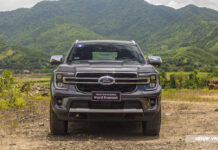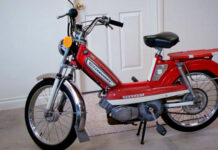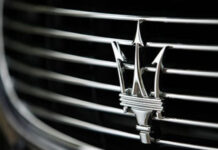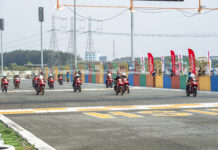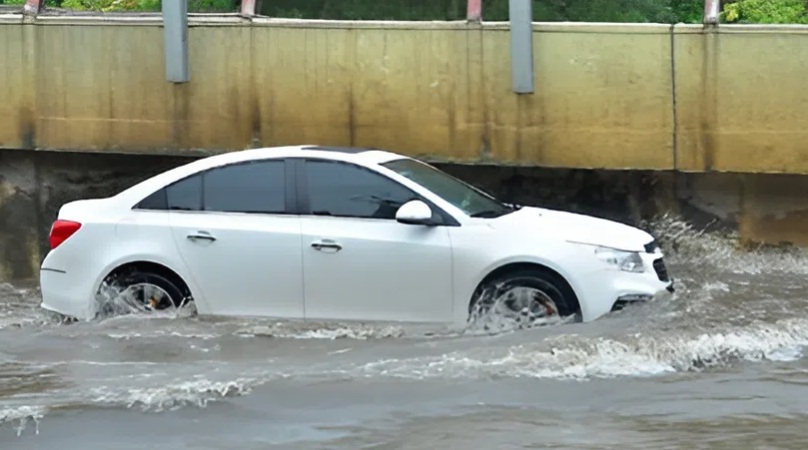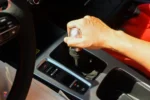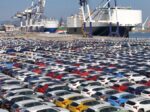Automotive repair experts advise automatic transmission vehicle owners, particularly those with dual-clutch transmissions (DCTs), to avoid driving through flooded areas and never leave their vehicles submerged in water for extended periods.
According to Lung Lung, owner of Dokter Mobil repair shop in Indonesia, automatic transmission vehicles are more susceptible to water damage compared to manual transmission cars.
Lung Lung explains that if water contaminates the automatic transmission fluid, critical components like the torque converter and hydraulic valve body can suffer severe damage. In contrast, manual transmission vehicles typically only require clutch plate replacement or gearbox oil changes to restore performance.
For automatic transmission vehicles, especially those with dual-clutch transmissions (DCTs), repairs are significantly more complex and costly.
Imun, owner of a Ford repair shop in Trucuk, Klaten, Indonesia, states, “Dual-clutch transmission vehicles are not designed to operate in flooded conditions. They have ventilation holes at the bottom, allowing water to enter and saturate components like clutch plates, shift forks, bearings, and the dual-clutch assembly.”
Since most of these components are made of metal, prolonged exposure to moisture or water can lead to rust and corrosion, severely impacting the transmission’s lifespan.
With climate change increasing the frequency of flooding, the choice between manual and automatic transmission vehicles is no longer just about convenience but also about the vehicle’s resilience in harsh environments.
Consumers should carefully consider their options when purchasing a vehicle and equip themselves with basic knowledge about transmission construction and water resistance. Additionally, understanding how to handle a vehicle in flooded conditions—such as avoiding immediate engine startup when water rises or checking transmission fluid after driving through flooded areas—can significantly reduce the risk of severe damage and unnecessary repair costs.
TH (Tuoitrethudo)
Illustrative image
Protect Your Car During Flood Season: Affordable and Effective Tips
In the event of a flood, the best way to protect your vehicle is to move it to higher ground, away from floodwaters. Seek out areas that are sheltered from the wind and have a sturdy roof or overhead cover, ensuring the water cannot reach your vehicle. If you are unable to move your car to safety in time, there are still a number of measures you can take to mitigate potential damage caused by flooding.












